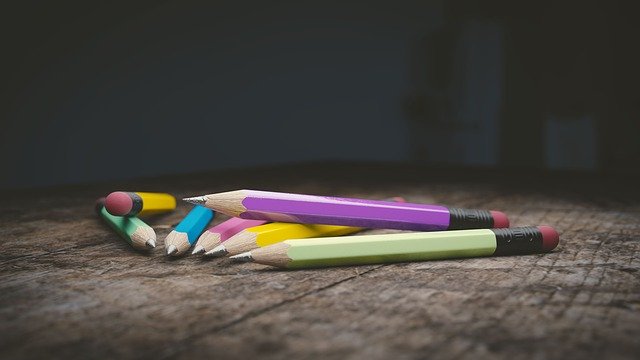
Numerous school districts are announcing plans to return to the online education they attempted last spring or to open their schools only with highly restrictive regulations on the teaching and learning experience. The primary consideration in making these decisions has to do with calculations as to the effect of school operations on the spread of Covid-19. The Centers for Disease Control and Prevention have put “a sharp focus on the necessity of in-person learning, outlining the social, emotional, and physical toll on students if they aren’t in the classroom,” but the agency “also emphasizes that there is a physical risk to returning.” Yet too little attention is being given to the educational price being asked of students, though many parents are beginning to think about exploring home schooling, micro-schools, tutors, and other alternatives. Just as workers lose jobs and businesses risk bankruptcy when a public health emergency shuts down an economy, so students pay a high price when governments place public health concerns above educational ones. Only with a full understanding of the great costs of staying closed will policymakers be able to make a proper decision about whether those costs are outweighed by the potential risk of further spreading the virus to the students, their families, and the faculty and staff. In my view, the question isn’t close. Following are seven ways in which students—and the nation as a whole—lose out when schools are closed or their operations are sharply restricted.
- Every year—indeed, every month—counts, if students are to fulfill their potential.
Economists have estimated that each additional year of schooling yields a return over an economic lifetime of somewhere between 8 percent to 13 percent, with consensus estimates hovering around a 10 percent return. Studies of twins show that these returns are not simply a function of genetic differences between those with more or less education. Research also suggests that a year of elementary school and high school yields about as large a return as does another year of college.
But do students lose much if schools close for a portion of a year? One answer to this question is to be found in studies of learning loss during summer vacation. Some researchers show a widening of gaps between students from more and less advantaged homes; others are yet to be convinced. But researchers agree that students, on average, fail to make the same educational progress over the summer that they make during the school year.
Other evidence comes from school closures that happen unexpectedly when severe weather, teacher strikes, and/or wartime conditions preclude school operations. The most frequent cause, adverse weather events, has been repeatedly shown to have negative impacts on student performance exams taken at the end of the school year. Students performed less well on tests in North Carolina districts hit hard by Hurricane Floyd. Results are much the same for closures due to snowstorms in Minnesota and severe weather in Colorado and Oregon. In Maryland, an average of five days of weather-induced school closures shifted test-score performance downward by 3 percent among children in 3rd grade. Less extreme losses were registered by older children. One study suggests partial school closures may be worse than complete shutdowns. If a school remains open but absenteeism is rampant, the challenges of coordinating instruction across students with differential attendance contributes to learning loss. A study of the effects of Hurricane Katrina found that affected suburban students were 3 to 4 percentage points less likely to enroll in college. However, students attending schools in New Orleans benefited from the disruption, as their new schools provided a better learning experience than those previously attended in the “Big Easy.”
Teacher strikes are the second most frequent cause of school closures. During the first decade of this century a series of strikes in Ontario, Canada adversely affected growth in elementary-student test performance. A second study found particularly large negative impacts for disadvantaged children. In South Africa, the adverse effects of strikes were greatest for marginalized students. In Belgium, a May-to-December strike in 1990 resulted in higher levels of student retention from one year to the next and lower levels of educational attainment over the long run. When repeated strike-induced disruptions occurred between 1983 and 2018 in Argentina, those in affected cohorts lost an average of a half year of schooling. Those impacted by the strike were less likely to pursue postsecondary education and suffered an average lifetime earnings loss of 3.2 percent for males and 1.9 percent for females. In Chile, in 2011, it was a student strike that essentially closed the schools. The increase in student absenteeism of 10 percentage points was associated with a 3-percentage-point decline in the probability of enrolling in a university.
A profound closing of schools occurred in Europe during World War II. Forty years later the annual earnings of cohorts of students affected by the closures were reduced by somewhere between 9 percent and 16 percent. The price paid by children of less educated parents was even larger.
- Online learning is no substitute for classroom instruction.
Many schools attempted to provide online instruction when schools were closed in the spring and early summer of 2020. Virtual learning is very likely better than no education at all, but at its present stage of development, it remains a poor substitute for classroom instruction in elementary and secondary schools. Even at the community college level, virtual learning is less effective than classroom instruction.
The adverse effects of online learning at the elementary and secondary level are best documented by studies of virtual charter schools. Numerous studies show lower performance by students at virtual charters than by those attending nearby public schools. A study of virtual schools in Indiana reaches the following conclusions:
We find the impact of attending a virtual charter on student achievement is uniformly and profoundly negative, equating to a third of a standard deviation in English/language arts (ELA) and a half of a standard deviation in math. This equates to a loss of roughly 11 percentile points in ELA and 16 percentile points in math for an average virtual charter student at baseline as compared to their public school peers.
Nor is there any evidence that public schools operated by school districts fared any better with online education when they switched from classroom instruction to virtual learning in the spring of 2020. “For most children, the school year effectively ended in March,” observes University of Michigan economist Susan Dynarski. According to surveys administered by the EdWeek Research Center during spring closures, “teachers report they’re spending less time on instruction overall, and they’re spending more time on review and less on introducing new material. Nationally, on average, teachers say they’re working two fewer hours per day than when they were in their classrooms. And they estimate that their students are spending half as much time on learning—3 hours a day—as they were before the coronavirus.” The Center on Reinventing Public Education reports the following results from a nationally representative survey of school districts in the United States: “Just 1 in 3 districts has been expecting all teachers to deliver instruction.” The researchers find large disparities depending on the wealth and well-being of the district: Districts with the most affluent students were twice as likely as the districts with the highest concentrations of low-income students to require at least some teachers to provide live, real-time instruction.” In a survey of parents conducted by Education Next in May 2020, 71 percent said their child learned less, with 29 percent saying a lot less, after their school closed; only 13 percent said their child learned more.
- Rules and regulations reduce learning.
The quality of the experience at school is at least as important as regular attendance itself. Many states and school districts contemplating a partial reopening are setting conditions for school operations that will degrade the learning environment. If suggested plans come to fruition, in many districts only half the students are to be invited back at any given time, teachers and students are to wear masks for much of the school day, repetitive temperature taking and sanitation are to consume large blocks of school time, and sports, recess, and physical exercise are to be heavily restricted. All these policies are certain to limit the learning that will take place.
The most important factor affecting school quality is the teacher. Students who have higher-quality teachers are more likely to perform better on standard tests, graduate from college, earn more during their productive years, and avoid incarceration. When teachers are masked, it degrades their effectiveness in the classroom. Students find masked adults hard to hear, difficult to understand, and, in the absence of detectable facial expressions, challenging to interpret. It is even worse for teachers asked to understand masked students who articulate and project their thoughts less clearly than a trained adult.
Masks are hot, uncomfortable, and stuffy. They interfere with normal, relaxed breathing. In these kinds of hot, stuffy, uncomfortable, poorly ventilated circumstances, learning is degraded.
In the absence of air conditioning, students perform less well on end-of-year tests in years marked by a disproportionate number of extremely hot school days. Excessive heat and poor ventilation also increase student absenteeism. Conversely, an attractive school setting has a positive effect on student performance.
Time spent on task is closely associated with the amount of learning that takes place. But frequent hand washing, temperature taking, and other sanitation requirements subtracts the time available for instruction.
To allow students to sit six feet apart inside a classroom, many districts are planning to invite only half of the students to school at any one time. The plan is to invite half on the first two days of the school week, with the other half on the last two days, leaving the schools closed on Wednesdays for cleaning and maintenance. This essentially closes the schools to students for 60 percent of the time that this distancing rule remains in effect.
- Closing schools damages the social and emotional well-being of children and young people
Many benefits of schooling are priceless. It is at school where students develop friendships, learn to be patient and to trust others, become more goal-oriented, and acquire valuable social and communication skills. Social and emotional learning at school is crucial for the development of the person. Grit, the ability to pursue success despite the odds, is learned in part inside a well-run schoolhouse. The acquisition of these skills is invaluable in and of itself, and the skills also contribute to student achievement. A review of multiple studies finds that young people are as much as three times more likely to develop depression in the future due to social isolation, with the impact of loneliness on mental health lasting up to nine years later.
- Closing schools places the physical health of young people at risk.
Public schools provide a vehicle for a wide variety of public health and social services. Schools administer vaccines, conduct ear and eye examinations, serve free and reduced-price lunch to students from low-income households, provide emergency nursing care, and identify children at risk of abuse in other settings. Public health measures that close an official institutional agency that reaches into all segments of the child and adolescent population increase the risk of accidents, infections, illness, malnutrition, and premature fatalities.
The closure of schools in spring 2020 has reduced the number of vaccinations administered for a variety of serious child-related diseases. According to the Centers for Disease Control and Prevention, orders for vaccines for measles and related diseases declined beginning the week of March 16, 2020. That the decline was affected by school closings is suggested by the steeper rate of decline among those over the age of two than for very young infants and toddlers.
Millions of students are nourished by the federal free and reduced-price lunch program. But when schools are not open, there is no convenient way for the schools to transport lunches to the children. Districts have tried to reach children by announcing the availability of school lunch boxes at specific sites, but this has required substantial efforts by parents to access lunches, leaving a sizable segment of students without access to the program. And if schools open with highly restrictive social distancing rules, the problem is nearly as severe. “Right now, kids have about 20 minutes to eat their meal,” says one school administrator. “If [we have] them coming into the cafeteria and keeping six feet apart, they’ll take 20 minutes just to get through [the lunch line], let alone them sitting down and having that time to eat.”
The loss of sports and physical exercise opportunities have already had a massive impact on students since school closed. According to a survey by GENYOUth, “Over half (54.5 percent) feel their physical activities have been disrupted with lower income kids at 63 percent. For many kids, sports are a path to an affordable higher education, as well as an invaluable source of leadership skills, self-discipline, team-work skill development and personal identity.”
- School closures and online learning widen gaps between advantaged and disadvantaged students.
The achievement gap between students from higher and lower socioeconomic backgrounds remains as wide in the second decade of the 21st century as it was 50 years earlier. If schools remain closed or opened only partially and fitfully, the gap will almost certainly enlarge for the current student generation. The effects of closures, digital learning, and restrictive controls on pedagogical settings shall be far more detrimental for those students who already have learning deficiencies or do not have access to alternative educational resources in the home or elsewhere. As discussed above, school closures have larger negative effects on student outcomes if a student comes from a disadvantaged background. Online learning is less effective with those who are less academically prepared. Disadvantaged students are more dependent upon the school system for vaccinations, eye and ear examinations, school lunches, identification of child abuse, and a host of other social services.
- Closing schools and degrading school quality damage the human capital the country depends upon.
Just as schooling is critical for developing the economic potential of the individual, it is no less important for enhancing the wealth of nations. The average number of years students are in school is highly correlated with the size of a country’s gross national product. It is not just the number of school years that is important. The quality of a school—the amount of learning that takes place—is also associated with the rate of economic growth. Even within the United States, those states with higher-performing schools are the states experiencing the most rapid economic growth.
Paul E. Peterson is the Henry Lee Shattuck Professor of Government at Harvard University, director of Harvard’s Program on Education Policy and Governance, and senior editor of Education Next.
Read more from Education Next on coronavirus and Covid-19.
The post The Price Students Pay When Schools Are Closed appeared first on Education Next.
get headlines https://thecherrycreeknews.com

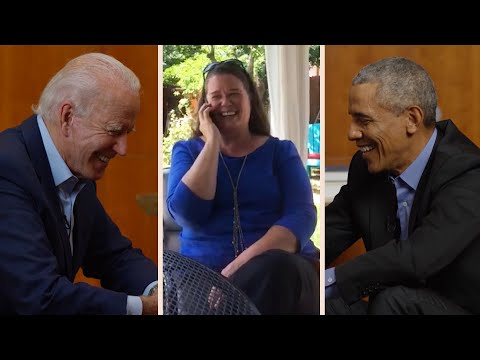






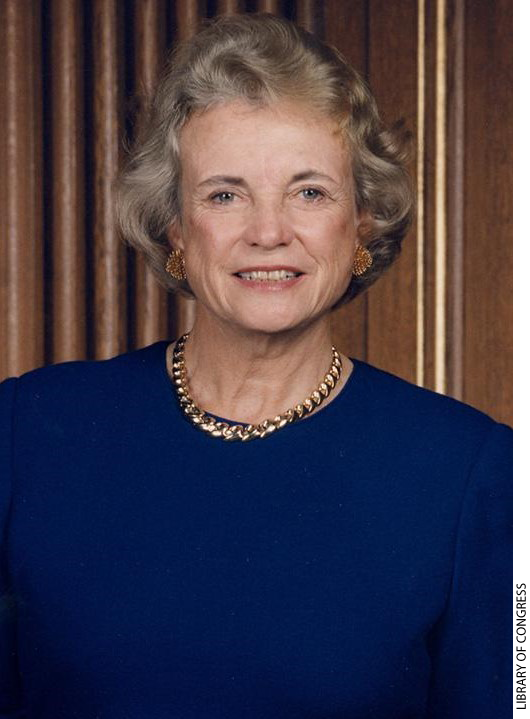


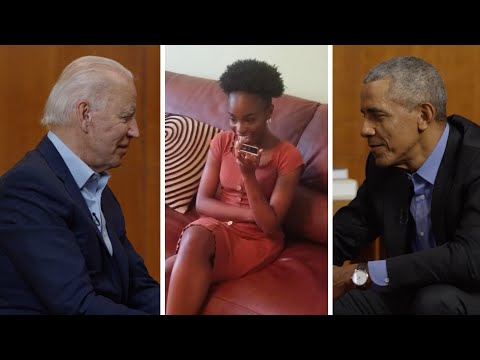



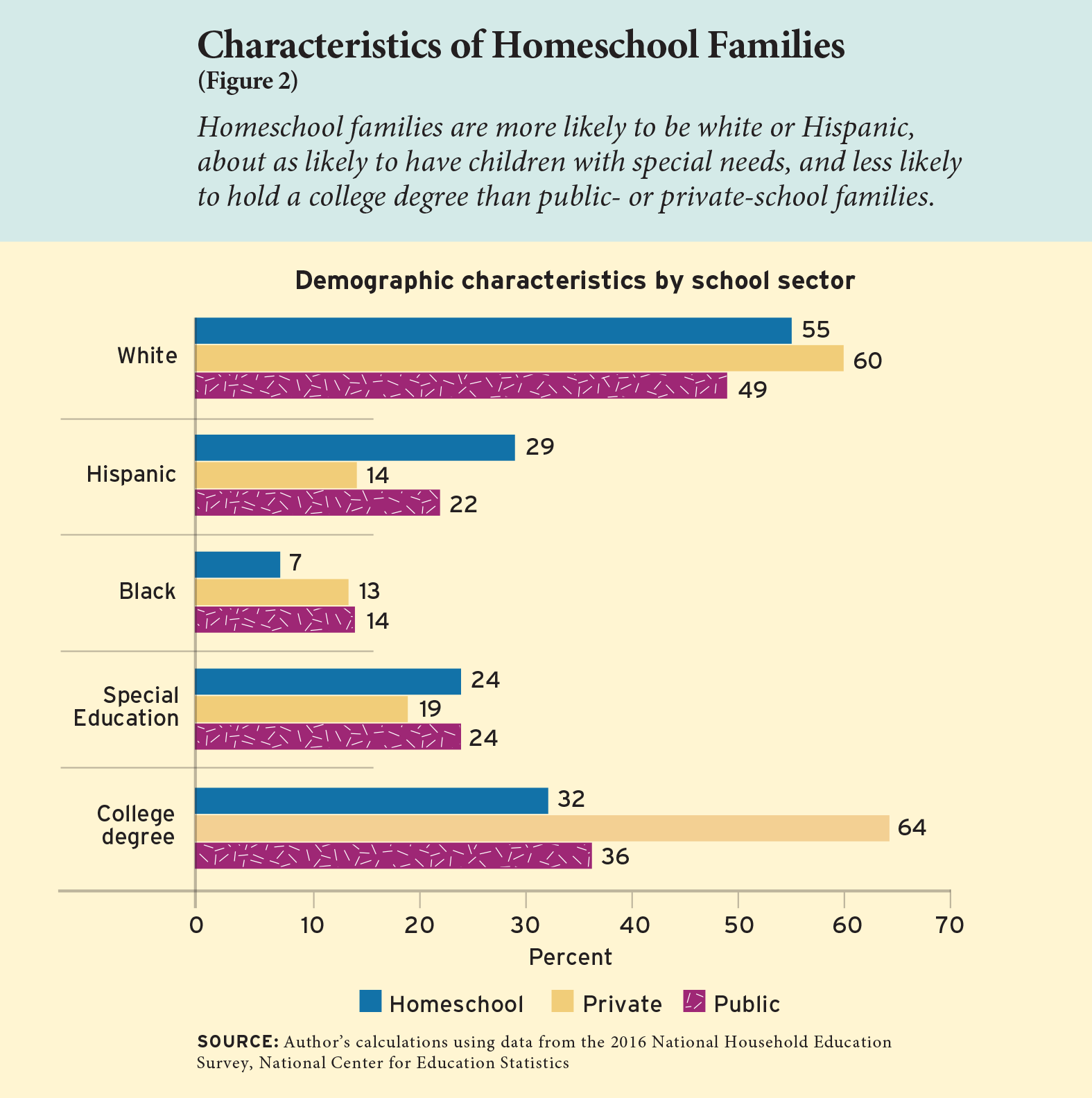




 A senior fellow and vice president for external affairs at the Thomas B. Fordham Institute, Robert Pondiscio, joins Paul E. Peterson to discuss Thomas Sowell’s new book, Charter Schools and Their Enemies, and the heavy criticism that charters currently face.
A senior fellow and vice president for external affairs at the Thomas B. Fordham Institute, Robert Pondiscio, joins Paul E. Peterson to discuss Thomas Sowell’s new book, Charter Schools and Their Enemies, and the heavy criticism that charters currently face.